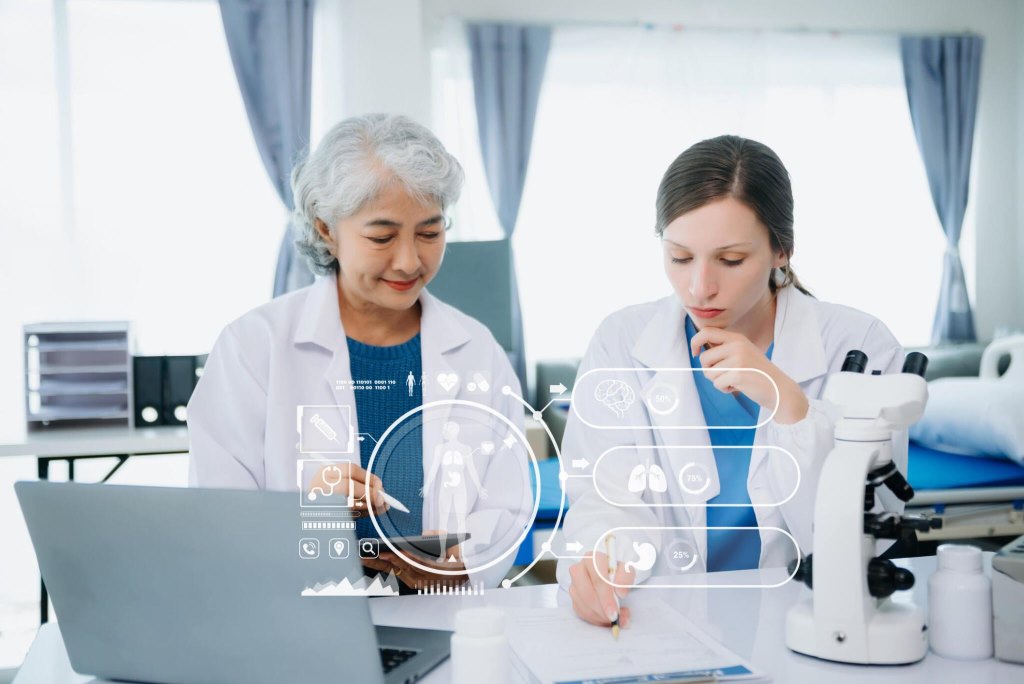Joint injections are a valuable therapeutic intervention used by healthcare professionals to manage a variety of musculoskeletal conditions, including arthritis, tendinopathy, bursitis, and inflammatory joint diseases.
Joint injection courses provide healthcare professionals with the necessary knowledge, skills, and confidence to perform these procedures safely and effectively, leading to improved patient outcomes and enhanced quality of care.
In this comprehensive exploration, we’ll delve into the benefits of joint injection courses for healthcare professionals, examine the specific techniques and applications of joint injections, and provide practical insights into how these courses contribute to optimal patient care across diverse clinical settings.
The Importance of Joint Injections in Healthcare
Before discussing the benefits of joint injection courses, it’s crucial to understand the significance of joint injections in healthcare:
1. Diagnostic and Therapeutic Value
Joint injections serve both diagnostic and therapeutic purposes, allowing healthcare professionals to confirm the source of a patient’s pain or dysfunction while simultaneously delivering therapeutic agents to alleviate symptoms and promote healing.
2. Minimally Invasive Approach
Joint injections offer a minimally invasive alternative to surgical interventions for the management of various musculoskeletal conditions. By utilizing ultrasound or fluoroscopic guidance, healthcare professionals can perform joint injections with precision and accuracy.
3. Multimodal Treatment Strategies
Joint injections can be used as part of a multimodal treatment approach to address the complex nature of musculoskeletal pain and dysfunction. By combining joint injections with physical therapy, exercise therapy, bracing, and other conservative modalities.
4. Targeted Pain Relief
Joint injections deliver therapeutic agents directly to the affected joint space, providing targeted pain relief and reducing inflammation at the site of injury or pathology. By bypassing systemic circulation, joint injections can achieve higher local concentrations of medication.

Joint Injection Courses in Healthcare Education
Joint injection courses play an important role in healthcare education by providing healthcare professionals with the necessary knowledge, skills, and competencies to perform joint injections confidently and competently. Here are some key benefits of joint injection courses for healthcare professionals:
1. Hands-On Training and Skill Development
Joint injection courses offer hands-on training sessions and practical workshops where healthcare professionals can learn and practice joint injection techniques under the guidance of experienced instructors. Participants have the opportunity to hone their procedural skills and refine their needle placement and injection technique.
2. Comprehensive Didactic Curriculum
Joint injection courses provide a comprehensive didactic curriculum covering topics such as joint anatomy, injection techniques, pharmacology of injectable medications, patient assessment, and procedural safety.
3. Multidisciplinary Learning Environment
Joint injection courses bring together healthcare professionals from diverse specialties, including primary care, orthopedics, rheumatology, sports medicine, and physiatry. This creates a multidisciplinary learning environment that fosters collaboration, networking, and knowledge exchange.
4. Continuing Professional Development
Joint injection courses offer accredited continuing medical education (CME) credits and professional development opportunities for healthcare professionals seeking to expand their clinical skills and stay abreast of the latest advancements in joint injection therapy.
Specific Techniques and Applications of Joint Injections
Joint injections can be utilized in a variety of clinical scenarios across different medical specialties. Here are some specific techniques and applications of joint injections:
1. Intra-Articular Injections
Intra-articular injections deliver therapeutic agents directly into the joint space to alleviate pain, reduce inflammation, and improve joint function in patients with osteoarthritis, rheumatoid arthritis, gout, or other inflammatory joint diseases.
2. Soft Tissue Injections
Soft tissue injections target structures surrounding the joint, such as tendons, ligaments, bursae, or muscles, to relieve pain, reduce swelling, and promote tissue healing in patients with tendinopathies, bursitis, tendonitis, or soft tissue injuries.

3. Periarticular Injections
Periarticular injections target periarticular structures adjacent to the joint, such as periosteum, ligamentous attachments, or neurovascular bundles, to address pain and inflammation associated with musculoskeletal conditions or trauma.
4. Trigger Point Injections
Trigger point injections deliver therapeutic agents directly into localized areas of muscle hyperactivity or tension, known as trigger points, to alleviate myofascial pain and muscle dysfunction in patients with trigger point-related pain syndromes or myofascial pain syndromes.
5. Viscosupplementation Injections
Viscosupplementation injections involve the intra-articular injection of hyaluronic acid derivatives to supplement synovial fluid and improve joint lubrication, cushioning, and mobility in patients with osteoarthritis or degenerative joint disease.
Practical Insights for Healthcare Professionals
Here are some practical insights for healthcare professionals considering participation in joint injection courses:
1. Assess Patient Needs and Goals
Before performing joint injections, assess each patient’s medical history, clinical presentation, imaging findings, and treatment goals to determine the most appropriate injection technique, medication choice, and treatment plan.
2. Optimize Procedural Techniques and Safety
Ensure proper patient positioning, sterile technique, and procedural safety measures during joint injections to minimize the risk of complications and optimize procedural outcomes. Use ultrasound or fluoroscopic guidance to visualize the target anatomy.
3. Communicate Effectively with Patients
Communicate effectively with patients throughout the joint injection process, explaining the procedure, addressing any concerns or questions, and obtaining informed consent before the injection.
4. Stay Updated on Evidence-Based Practices
Stay updated on evidence-based practices, guidelines, and emerging trends in joint injection therapy through ongoing education, professional development activities, and participation in relevant clinical forums and research initiatives.
5. Monitor Patient Response and Follow-Up
Monitor patient response to joint injections closely, assessing pain relief, functional improvement, and treatment outcomes over time. Follow up with patients regularly to evaluate treatment efficacy, address any adverse effects or complications, and adjust the treatment plan as needed based on patient feedback and clinical assessment.

Conclusion
Joint injection courses offer healthcare professionals a unique opportunity to acquire the knowledge, skills, and confidence needed to perform joint injections safely and effectively, leading to improved patient outcomes and enhanced quality of care across diverse clinical settings.
By participating in joint injection courses, healthcare professionals can expand their clinical capabilities, optimize their procedural techniques, and provide evidence-based, patient-centered care to individuals with musculoskeletal conditions or joint-related pain.
Embrace the benefits of joint injection courses and invest in ongoing education and training to advance your practice and make a meaningful impact on the lives of your patients.








